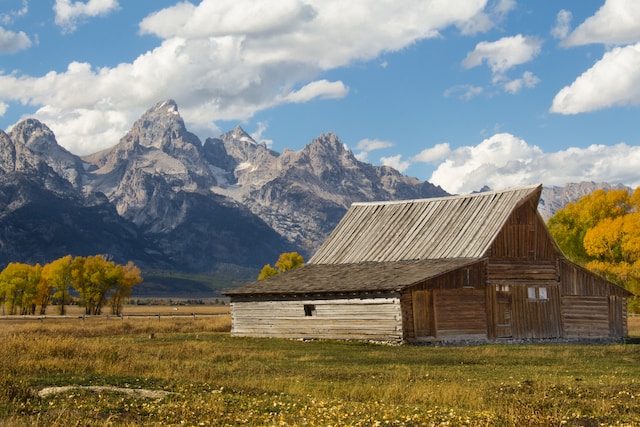The National Museum of the American Indian (NMAI) is a dynamic cultural center of the Smithsonian Institution, offering a deep dive into Native American history, languages, and arts across the Western Hemisphere. Opened in 2004 on the National Mall in Washington, D.C., the museum embodies Native American heritage through immersive exhibits and meaningful collaborations with indigenous communities.
The museum isn’t just a traditional display of artifacts; it is a living space where the narratives of Native American communities are told in their own voices. One of the most visually striking aspects of the museum is its architecture, designed to evoke the natural environment, symbolizing the connection between Native Americans and the land. Its curving, organic shape mirrors the landscapes of the Americas, a fitting tribute to the indigenous people who lived and thrived here long before modern colonization.
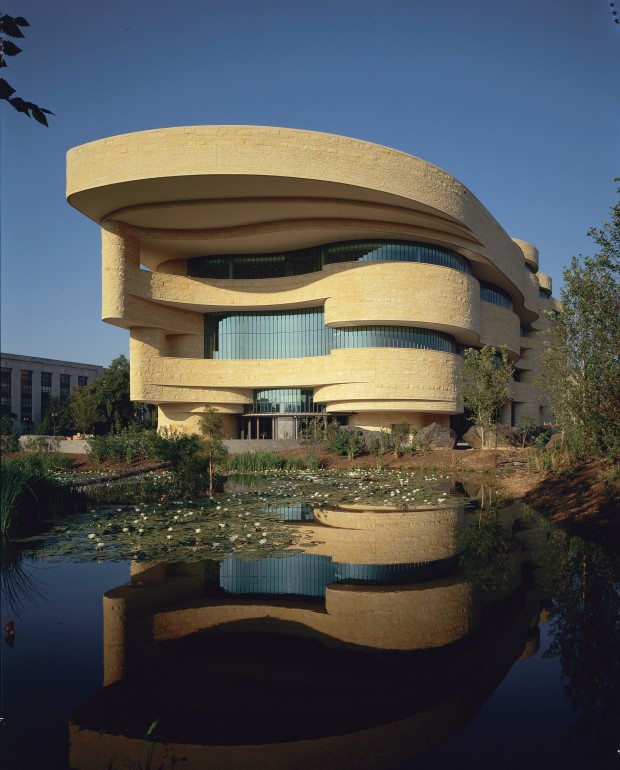
The Museum’s Locations and Collections
NMAI includes two other significant locations in addition to its main D.C. site: the George Gustav Heye Center in New York City and the Cultural Resources Center in Suitland, Maryland. The Heye Center houses a remarkable collection of Native artifacts, drawing people into the rich cultures and stories of various tribes across the Americas. In Suitland, the Cultural Resources Center serves as the museum’s research hub, with a vast collection of Native American materials.
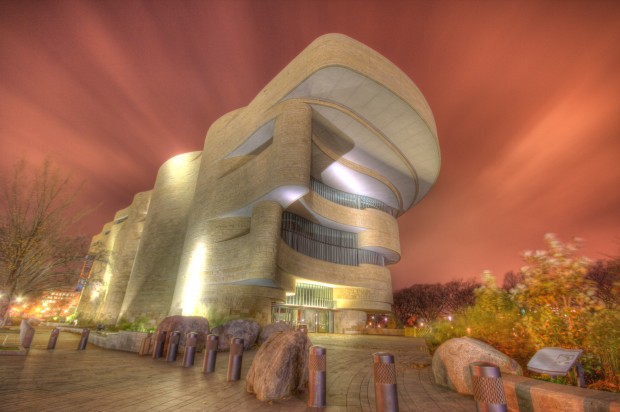
The foundations for NMAI’s collections come from the Museum of the American Indian, which was originally established in New York in 1916. Over the decades, the museum has amassed an impressive variety of materials from ancient tools to contemporary art, offering a comprehensive view of Native American life across generations.
Exhibits and Events
NMAI’s exhibits include artifacts and multimedia installations that take visitors through Native American life—from pre-Columbian civilizations to the challenges facing contemporary indigenous communities. Exhibits are intentionally curated with input from Native tribes, ensuring that the stories told are genuine reflections of their history, struggles, and achievements.
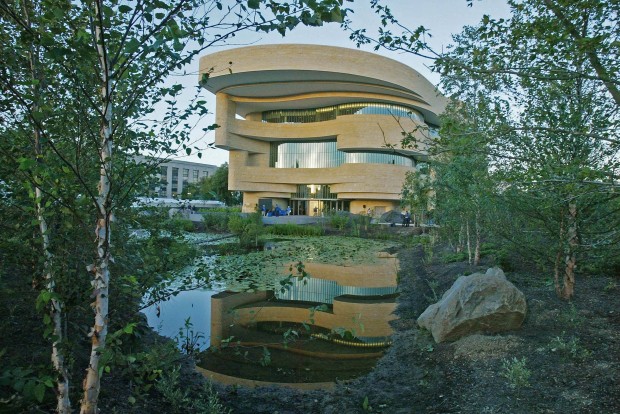
The museum also hosts temporary exhibitions that dive into specific topics. One recent highlight was an exploration of Native languages, which looked at both the historical and contemporary significance of these languages in preserving culture and identity. Another captivating exhibit focused on indigenous environmental activism, demonstrating the deep-rooted connection between Native peoples and the land they’ve fought to protect for centuries.
Cultural demonstrations and workshops are central to the NMAI experience. These events offer visitors the chance to interact with Native artisans, performers, and storytellers, deepening their understanding of the culture through personal experiences. Festivals celebrating indigenous music, food, and art are also a regular feature, attracting people from all walks of life who are eager to learn about Native traditions.
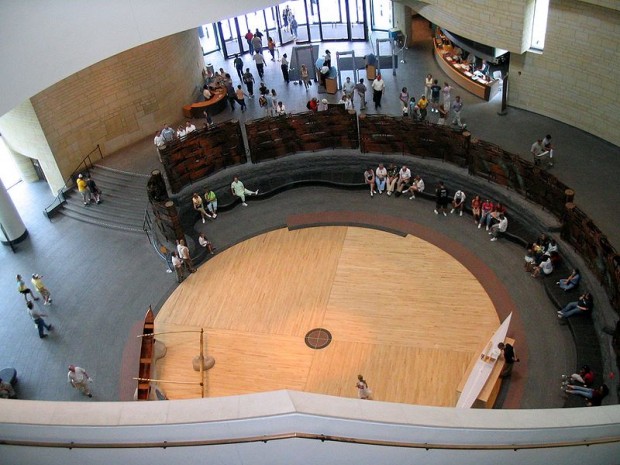
Digital Resources and Virtual Experiences
With advances in technology, NMAI has expanded its offerings to digital platforms, allowing people from across the world to access its exhibits and educational resources online. Virtual tours have become increasingly popular, especially post-pandemic, providing visitors with a way to experience the museum’s vast collection from the comfort of their homes.
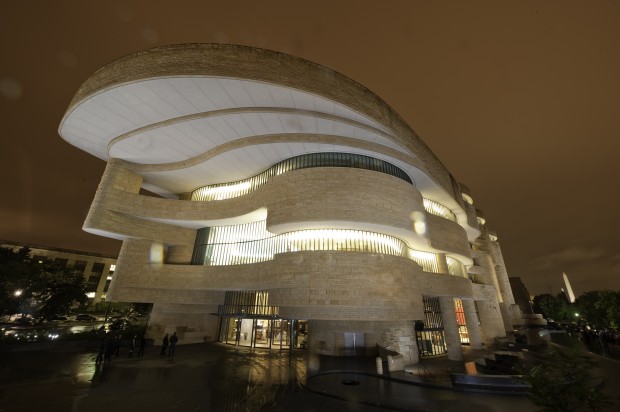
The museum’s website also features digital exhibitions and learning modules for educators, enhancing classroom lessons with interactive experiences centered around Native American history. Through these efforts, NMAI ensures that the education it offers isn’t confined to its physical walls but extends globally, furthering awareness and understanding of Native American cultures.
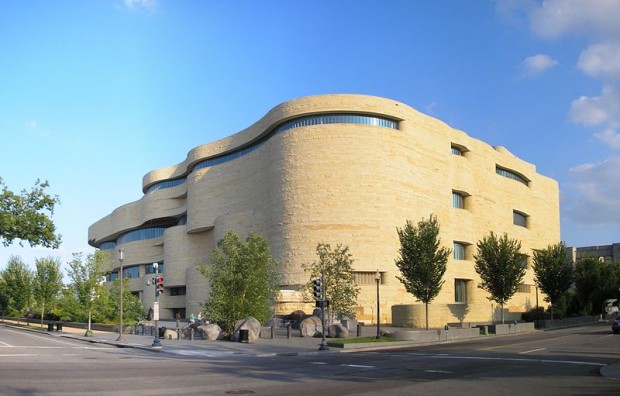
Planning Your Visit in 2024/2025
If you’re planning to visit in 2024/2025, NMAI promises to offer a variety of new and ongoing exhibits, along with seasonal events that highlight the vibrancy of Native American culture. You can look forward to interactive learning programs for families, as well as specialized tours led by experts in Native American history and art.
No matter your background or prior knowledge of Native American history, a visit to the National Museum of the American Indian is a powerful educational experience that deepens one’s appreciation for the heritage, resilience, and creativity of the indigenous peoples of the Americas.



